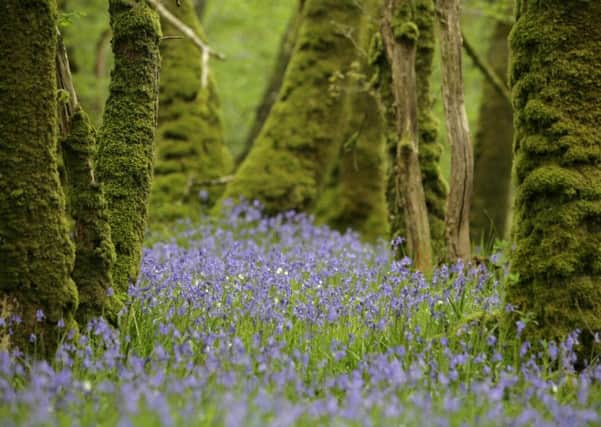Woodland wildlife under threat


That is the stark warning from the RSPB following the publication of the recent State of Nature report.
Samantha Stokes, from the RSPB said: “The report revealed that 60 per cent of our woodland species have decreased and 34 percent have decreased strongly over recent decades.
Advertisement
Hide AdAdvertisement
Hide Ad“Woodlands provide important natural habitats for a wide variety of native species.
“The willow tit used to be widespread across the UK, but its numbers have plummeted over the last three decades, and recorded sightings in Sussex have all but ceased. The drumming of our smallest woodpecker, the lesser spotted woodpecker, is also an increasingly rare sound in the county.
“Of 262 woodland flowering plants assessed, 30 (11 per cent) are on the national Red List.
“Some are considered Critically Endangered, including green hound’s-tongue, which prefers open glades and rides in woodland.
Advertisement
Hide AdAdvertisement
Hide Ad“Butterflies within our woodlands have declined by 43 per cent since 1990. The loss has been particularly severe for wood white and Duke of Burgundy butterflies.
“The declines of most woodland species are linked to changes in the structure of woodlands, due to increased grazing pressure by deer, changes to management practices and woodland ageing.
“Lack of woodland management and the corresponding loss of structural diversity have led to declines in many priority species, including the hazel dormouse, nightingale and heath fritillary butterfly. Change of woodland structure can be bad for wildlife.”